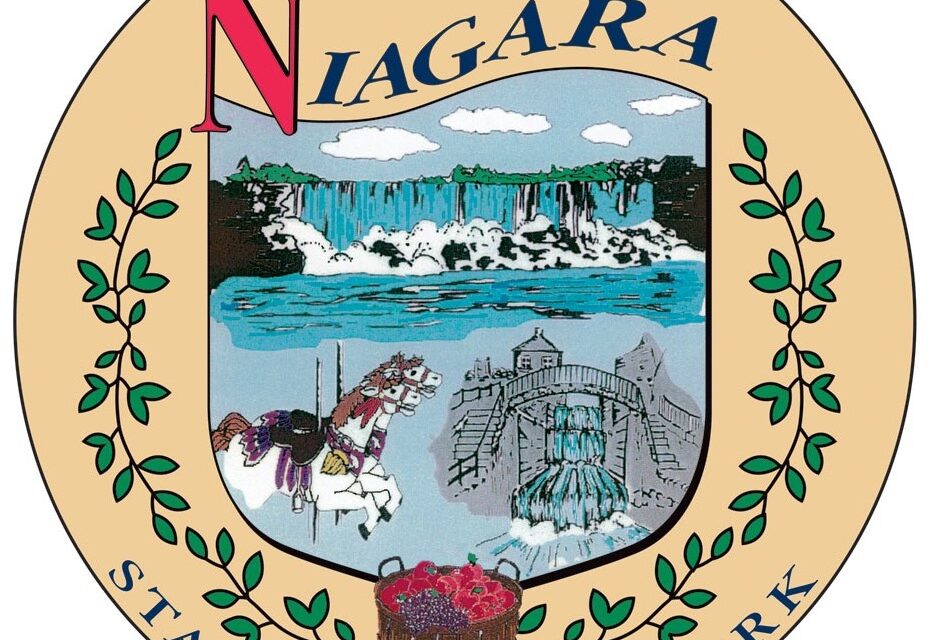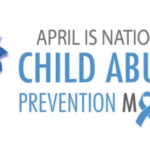National Lead Poisoning Prevention Week runs from October 22-28
Niagara County, NY – The Niagara County Department of Health Lead Poisoning Prevention Programs encourage everyone with a young child in their home to know their risks of lead poisoning and get children tested for lead at age one year and age two years.
Lead poisoning prevention starts with awareness. Most parents and caregivers take great care to remove dangers in their home that could injure their child, taking actions like installing baby gates at the top of staircases and using safety plugs in electrical outlets. Lead paint is an invisible hazard that is present in many older homes, and it can cause developmental delays, learning disabilities, hearing loss, behavioral disorders, and many health issues that last a lifetime.
National Lead Poisoning Prevention Week runs from October 22-28, and has the backing of federal agencies like the Centers for Disease Control and Prevention, U.S. Environmental Protection Agency, and U.S. Department of Housing and Urban Development. The Niagara County Department of Health Lead Poisoning Prevention Programs provides the following services:
- Lead testing of uninsured children who require a test.
- Reviewing lead test results.
- Notifying parent or guardian of elevated test results.
- Visiting parent or guardian at home to provide education on care of children with elevated blood lead levels.
- If appropriate, referring affected children for developmental testing to the Niagara County Department of Health Early Intervention Program.
- Guidance on home lead detection and remediation.
The LEADSAFE Niagara County – Lead Hazard Reduction Program focuses on lead hazard control activities in eligible homes in Niagara County which could include replacement windows, replacement doors, fresh paint, new siding, and aluminum trim.
Lead in dust from older homes is the most common source for childhood exposure. Niagara County has many older housing stock. To check to see what year your home was built visit the Niagara County Real Property search tool. Properties built before 1978 are assumed to have lead present, since lead paint was commonly used before its dangers were well-known. As lead paint deteriorates, it releases the lead into the dust. Household surfaces with friction like windows and doors, can also release lead into dust. It is important to control dust in your older home by damp mopping and damp dusting at least once a week. Good hand washing, using soap and water to remove invisible lead dust, is important especially before eating. But if a child is oral in nature, putting things in their mouths, more frequent hand washing is recommended. If your home is older than 1978, the NCDOH Lead Poisoning Prevention Programs can check your home for possible risks. For more information or to schedule a visit please call: 716-278-8588.
Younger children have faster metabolisms and smaller body sizes that makes them absorb the lead they are exposed to in the environment 4-5 times more than adults. It only takes one teaspoon of leaded dust in a home to bring them up to a level of concern.
Since there are often no symptoms of lead poisoning, parents/caregivers are encouraged to get their younger children’s blood lead levels tested.There is no safe blood lead level in children. Lead is a neurotoxin that damages the growing brain. Even low levels of lead exposure can have lifelong health impacts. Per New York State Guidelines, children should get tested for lead at least at age one and again at age two years. If children are living with risks, they should continue to get tested yearly until age five. If a child tests with a high blood lead level, then it is recommended that other younger children in the household be tested.
If you would like educational materials, have questions, concerns, or issues getting your child tested, please call the Lead Poisoning Prevention nurse at: 716-278-8212.












